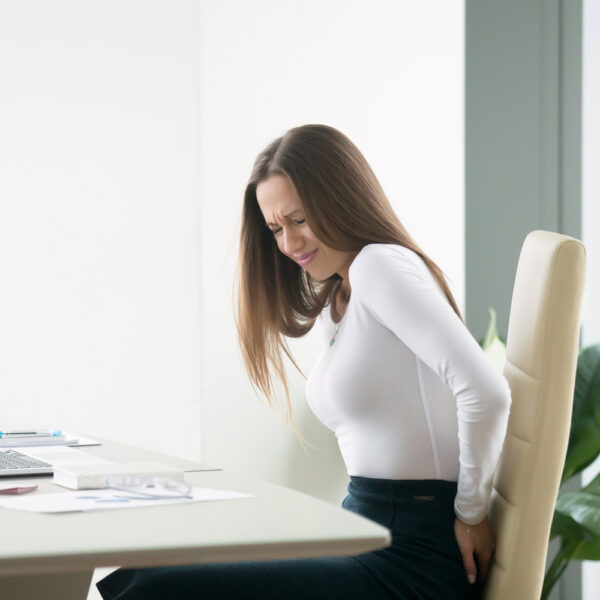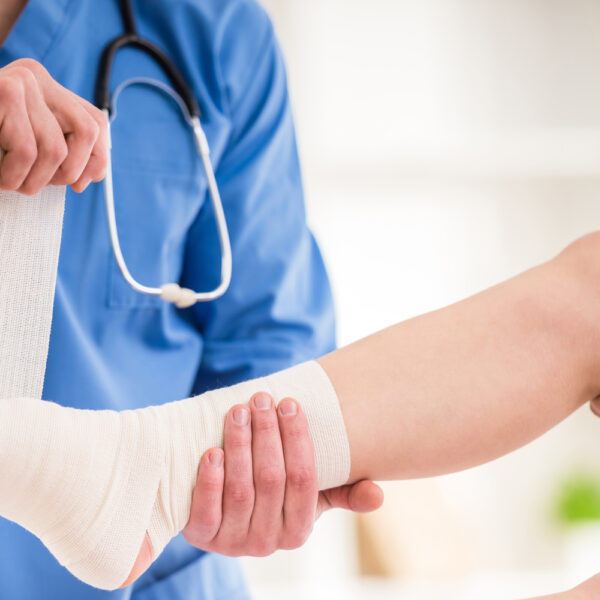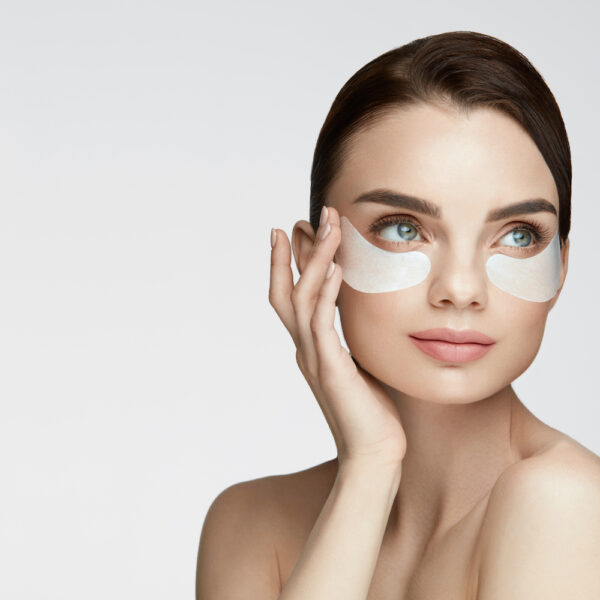
An Overview Of A Bladder Infection Causes, Symptoms, And Treatment
An overview of a bladder infection- Causes, symptoms, and treatment A bladder infection is a type of infection in the urinary tract. It is caused by a bacterial infection within the bladder. The Escherichia coli (E. coli) bacterium is responsible for most of the bladder infections. Bladder infections affect women more commonly than men. It is estimated that roughly 50% of women experience a bladder infection at least once in their lifetime. A bladder infection may cause much discomfort and pain. It often leaves the patient with a constant urge to urinate. A bladder infection may affect anyone and at any age. Read on to understand more about what causes bladder infections, its main symptoms, and bladder infection treatment options. What causes a bladder infection? Bacteria in the urethra are normally flushed out in urine. Bladder infections develop when the bacteria that enter the urethra do not get flushed out and instead move up toward the bladder. Once in the bladder, these bacteria multiply rapidly and lead to an infection. If left untreated, the bacteria may move further up from the bladder to the kidneys and cause major health complications. Bladder infections are more common in women as the urethra opening is very close to the anus.









